Content
It is necessary to prepare the hosta for winter so that the perennial plant can safely endure the cold and give healthy stems in the spring. She belongs to cold-resistant perennials, but she also needs some care.
What to do with hosts in the fall for the winter
The meaning of caring for a hosta in autumn is to prepare the plant for cold weather and maximize its endurance. To this end, from the beginning of autumn to the first snow, several procedures are performed:
- cut off the aerial part of the perennial;
- water the plant;
- make organic and mineral fertilizing;
- carry out preventive treatment against pests and fungi;
- mulch the soil in the immediate vicinity of the roots;
- cover the plant with insulating material.
Some procedures are important, while others are debatable.

It is quite easy to prepare the hosta for winter, as it belongs to the range of cold-resistant
How to take care of hosts in the fall
They begin to take care of the hosta early in the fall, long before the cold weather. To carry out the autumn preparation correctly, you need to carefully study each of the stages.
Pruning
There is no consensus in the florist community as to whether the host needs a radical pruning in the fall. But usually the procedure is still carried out so that pests do not winter under the withered foliage.
The plant is pruned around the end of October, 3 weeks before frost. At the same time, all wilted leaves and stems are cut flush with the ground. If for some reason the pruning had to be skipped, this is not a disaster, in which case the dried parts of the plant can be removed in the spring.
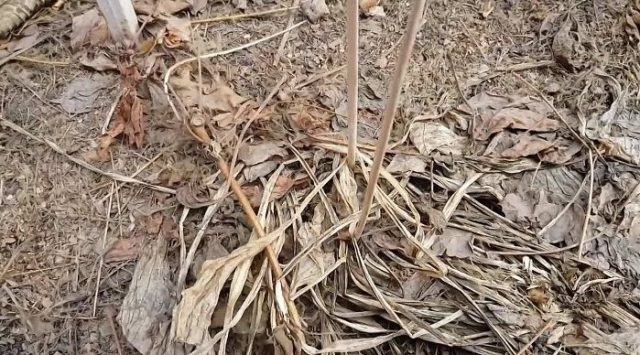
Dry stalks of perennials can be trimmed, but this is an optional procedure.
Watering
Before the onset of winter, the host needs to properly saturate with water and moisten the ground about 50 cm deep. Watering will not only strengthen the hosta's endurance, but also protect its roots from freezing, since heat is better retained in moist soil.
Watering should be carried out in September, at a time when the weather is warm and dry enough. It is better to reduce watering in October, since natural precipitation already moistens the soil well. If the roots are bogged, rot can develop, which will be a bad result of pre-winter preparation.
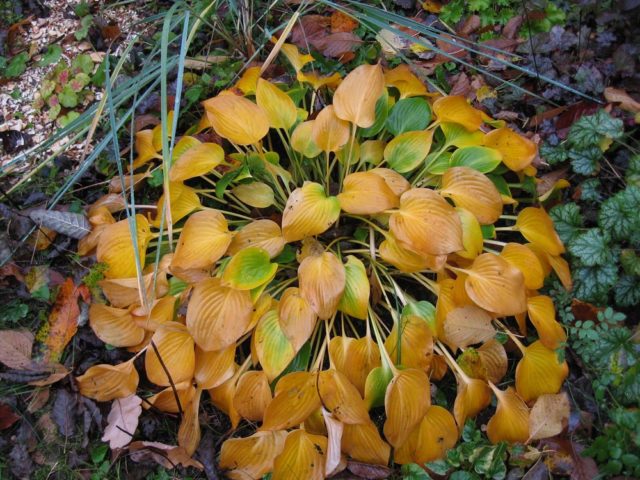
In September, the plant needs to be watered with high quality.
Preventive treatments
For garden hosts, harmful insects and fungi are dangerous. Although pests and diseases attack the plant mainly in the spring, in the fall, larvae and fungal spores are hibernating in the soil and in the remains of plant debris.
Preventive spraying of perennials is carried out in October. To combat insects and fungi, sparing agents are used - Bordeaux liquid, copper sulfate, soap or onion homemade solutions. It is better not to spray the plant with strong chemicals in the fall, this can weaken it before winter.

Before wintering, the site with hosts must be sprayed from pests.
An important part of preventive treatment for diseases is cleaning the site.In autumn, it is necessary to collect all plant debris on a flowerbed with hosts - fallen leaves, old stems and flowers, small twigs. Garbage is taken to a far corner of the garden and burned. The soil around the hosta should remain completely clean in autumn, this reduces the likelihood that fungi and pest larvae will be able to overwinter in it.
Top dressing
Before the onset of winter, the perennial hosta must be fed with fertilizers. The timing of the procedure depends on the region. In the middle lane, southern regions and the Moscow region, feeding is carried out in September. In Siberia and the Urals, it is better to add minerals already at the end of August, since the cold here comes early.
The most important fertilizers for a plant in the fall are potassium and phosphorus. They strengthen the root system, increase endurance, and make perennials more resistant to cold weather. You can use potassium sulfate or superphosphate, as well as complex mixtures designed specifically for autumn feeding.
Wood ash or bone meal can also be added to feed the hosta; these fertilizers contain calcium, phosphorus and potassium. Powders are simply scattered in the trunk circle. Ash and bone meal are especially beneficial for hosta growing on acidic soil, as they make the soil more neutral.
The most important rule for feeding perennials in the fall is that nitrogen should not be added to the soil. Fertilizers containing this substance contribute to the growth of green mass, and they are used only in spring. In autumn, nitrogenous fertilizers will force the hosta to start growing processes again, and as a result, the plant will not be ready for cold weather.
Nitrogen is contained not only in the appropriate mineral dressings, but also in some organic fertilizers. In autumn, perennials cannot be treated with manure and chicken droppings.
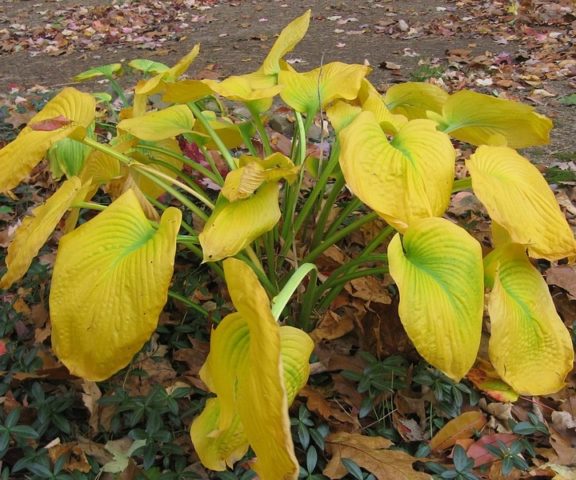
In August or September, perennials are fed with potassium and phosphorus.
If feeding is carried out in August or early September, then mineral granules can be scattered on the ground around the hosta. With the September feeding, it is better to apply fertilizers together with watering, then the plant will have time to assimilate useful substances before the onset of cold weather.
Mulching
Mulching the trunk circle is a very important stage in preparing hosts for winter. Although the hosta hibernates in the open field calmly and belongs to the category of frost-resistant plants, the roots can still suffer from severe freezing of the soil. Correct mulching protects the host's root system and creates insulation.
You can use cut grass, peat, bark or compost as mulch. A dense layer of the selected material is poured around the plant, the thickness of the layer should be at least 10 cm.The procedure is usually carried out at the end of October, shortly before the first frost.
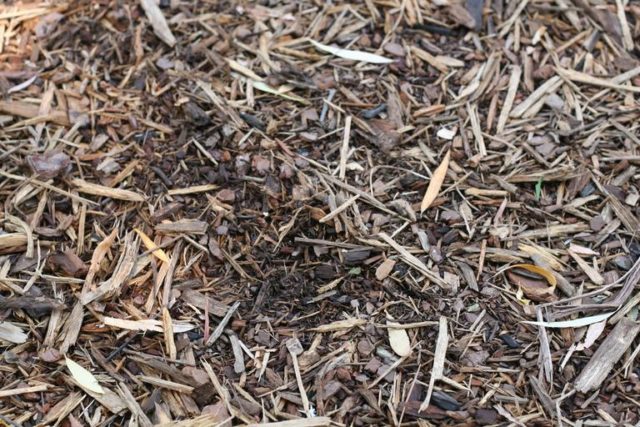
You can mulch a plant not only with peat and compost, but also with bark.
How to prepare hosts for winter
With the arrival of November, the last stage of preparation begins before the wintering of the hosts in the open field. The plant must be covered from cold weather with an insulating material.
How to shelter a host for the winter
A perennial usually does not require careful winter shelter. Basically, the procedure is reduced to mulching the root zone; for a plant, freezing of the soil near the roots is especially dangerous. As a rule, arranging mulch with a thickness of 10 cm is quite enough for a safe wintering.
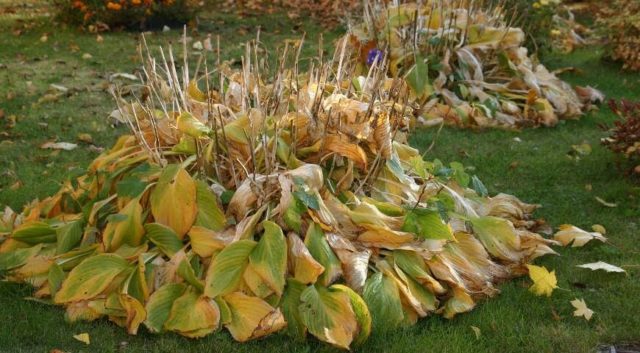
You can also use hosta's own leaves as mulch.
If the winter is expected to be especially cold and with little snow, it makes sense to additionally cover the host for the winter. Spruce branches are usually used as an insulating material, spruce branches are simply thrown onto a flower bed with a hosta on top of a mulching layer.
How to prepare the host for wintering in the regions
Autumn procedures for preparing hosts for winter depend on the region where the perennial grows. In the south, in the middle lane and in the Siberian regions, caring for the host in the fall has certain differences.
In the suburbs and the middle lane
Winters in the middle lane create rather harsh conditions for the hosts. On the one hand, winter temperatures rarely drop below 30-35 ° C. But at the same time, sharp changes in temperature are characteristic of the Moscow region - the thaw period can be replaced by severe frosts.
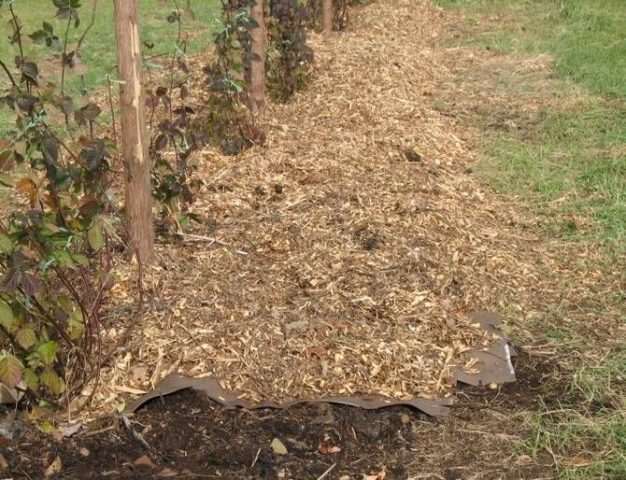
In the Moscow region, it is better to prune perennials and mulch with high quality.
Climatically, winter in the middle lane usually occurs in late November or early December. Therefore, the preparation of hosts for winter in the Moscow region is carried out on average. Watering and feeding is carried out in September.
In the Moscow region and the middle lane, it is necessary to cover the hosts for the winter in mid-October with a thick layer of mulch. If winter is expected to be harsh, you can also sketch spruce branches on top.
In Siberia and the Urals
The weather conditions of Siberia and the Urals differ from the middle zone in greater severity. Winter temperatures here drop down to -45 ° C, so the host needs to be sheltered for the winter, and not only mulch the winter-hardy perennial with peat or compost.
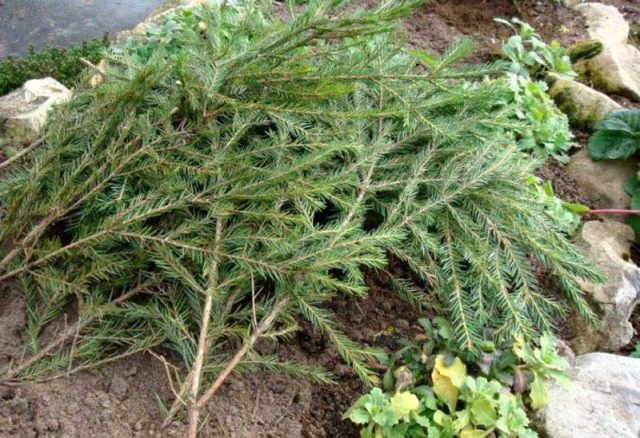
In Siberia, the host should additionally cover it with spruce branches for the winter
Winter in Siberia and the Urals comes early enough. The first frosts may come as early as late September or early October. Therefore, procedures such as pruning, watering and feeding are usually carried out in August, in which case the host will have time to receive nutrients before the onset of cold weather. To prepare the host for winter in the Urals, namely, to cover and mulch the perennial, is best in mid-September.
In the southern regions of Russia
The southern regions provide the best conditions for growing hosts - it is very easy to care for perennials in autumn here. Preparatory work, such as watering, fertilizing and mowing, can be carried out here until mid-October, the climate allows you to take your time with the deadlines.
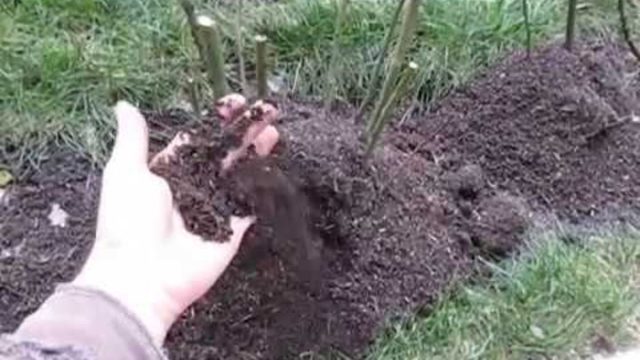
In the south of Russia, mulching will be enough for cropped hosts
In the Krasnodar Territory, the host can hardly be sheltered for the winter, even mulching of the root zone is rather a measure of safety net.
In the Volga region
The climatic conditions of the Volga region are a cross between the South of Russia and the middle zone. Therefore, leaving is similar to preparing hosts for the winter in the suburbs. For the winter, it is better to cover the perennial with spruce branches on top of the mulch, since the frosts can be quite severe.
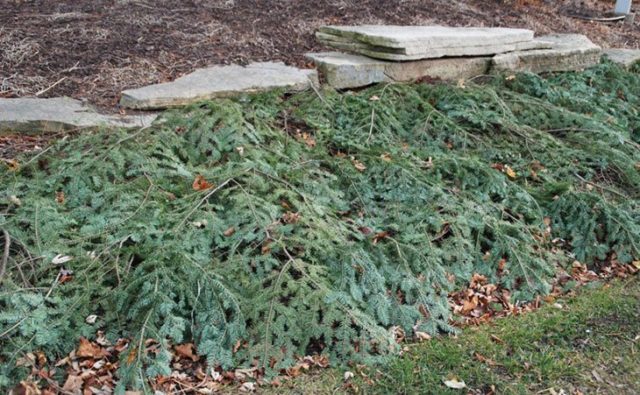
In the regions of the Volga region, it is better to cover the plant for the winter more thoroughly.
Preparatory procedures in the fall are carried out on average, from September to the end of October. It is important to complete all the basic care of the hosta a few weeks before the onset of frost.
In the Leningrad region
The northwestern part of Russia and the Leningrad region are characterized by rather mild and warm winters. Usually, during the winter, the host has enough of an insulating layer of mulch that protects the roots from frost.
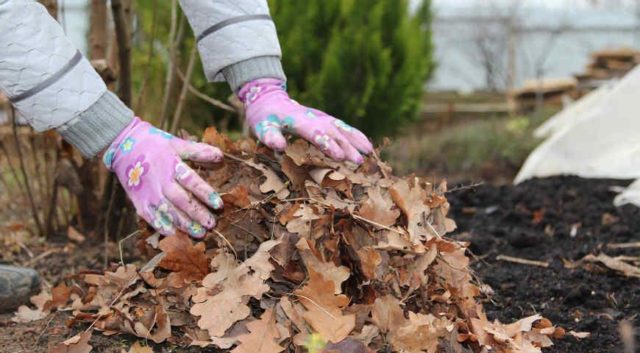
Mulching the plant with fallen leaves or peat in the northwest is in mid-autumn
Professional advice
In order for the hosta wintering to pass safely, and the plant to start growing rapidly in spring, it is worth adhering to several recommendations:
- One of the biggest mistakes gardeners make is neglecting autumn watering. Although the perennial goes to rest in the fall, it still needs moisture. In overdried soil, the roots of the plant are not protected from frost and can freeze. Therefore, it is necessary to saturate the earth with water by the middle of autumn at least half a meter.
- Late transplant. The bushes, transferred to a new site in mid-autumn, do not survive the winter, their protective functions weaken. The host should be transplanted no later than August or early September.
- Greenhouse conditions.It is recommended to cover the perennial for the winter only with mulch and spruce branches; it is also allowed to cover the flower beds with bark or a thick layer of fallen leaves. But it is impossible to cover the host with a film, because of it, a greenhouse effect arises, and the plant begins to rot from the roots.
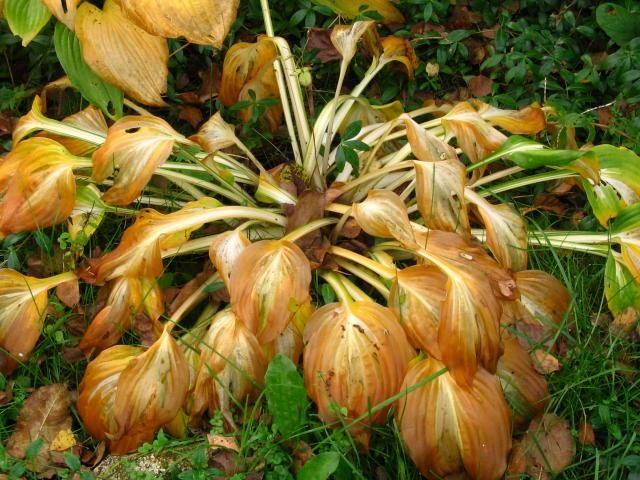
Before wintering, the plant cannot be transplanted - it needs rest
In autumn, complex minerals with nitrogen content cannot be added to the soil under the roots of the hosta, because of this, the life cycle of the plant is disrupted.
Conclusion
Preparing the host for winter is easy, just a few procedures need to be done. The perennial is one of the cold-resistant plants, therefore, with elementary care, it tolerates winter well.








